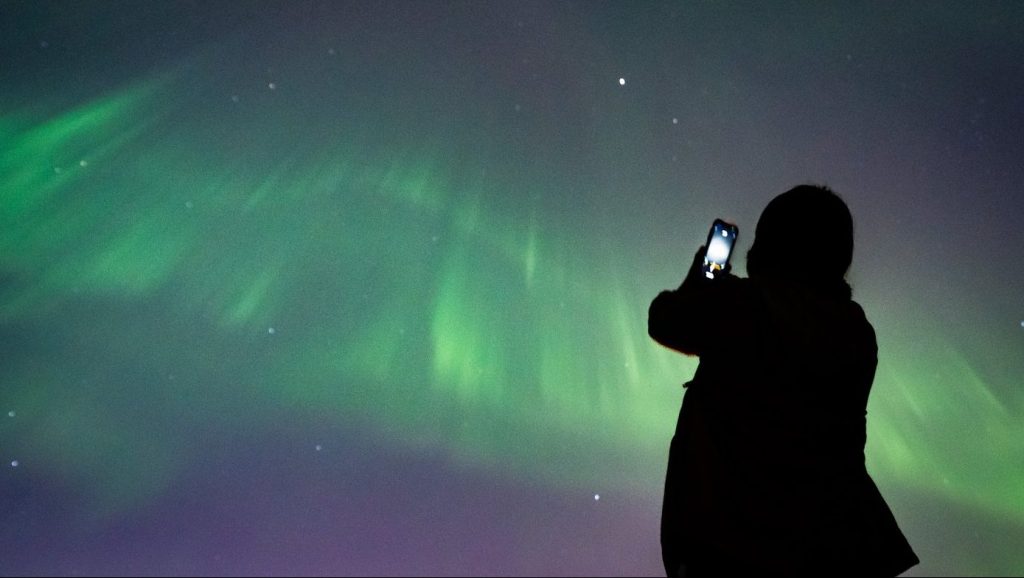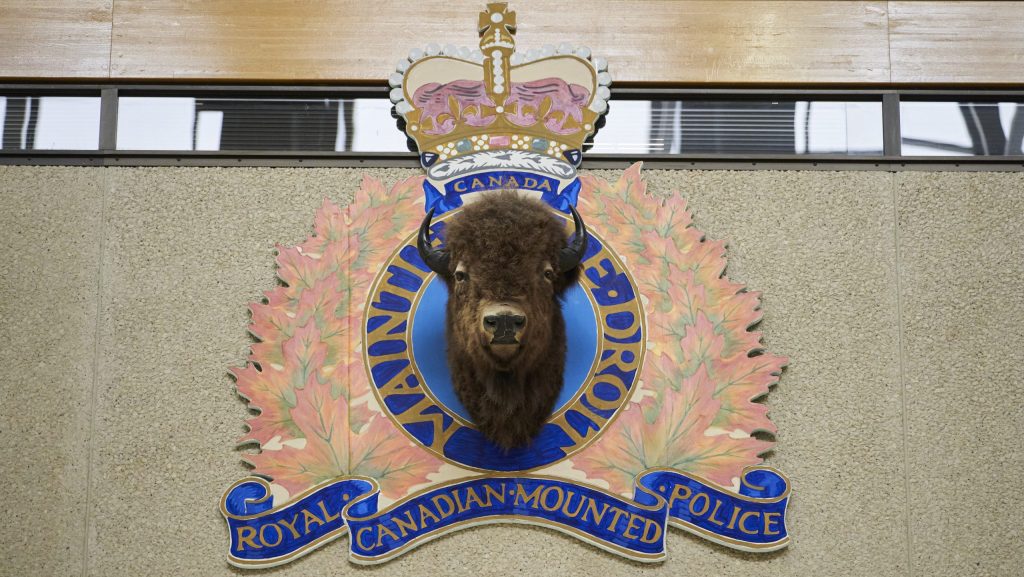Northern lights possible over Canada after sunspot behind big solar storm returns

Posted May 31, 2024 9:59 am.
Last Updated May 31, 2024 2:27 pm.
The northern lights could return to the sky over parts of Canada as a sunspot that contributed to a recent stunning aurora display rotates back Earth-side.
A sunspot that earlier this month unleashed a series of solar flares and the largest in nearly two decades has turned back toward Earth and let loose another powerful, but less intense, flare this week.
“On May 29, there was another eruption from that same sunspot group that is now making its way out in space and should be hitting the Earth later today. Now, because of the sunspot groups on the side of the sun, it wasn’t a direct blow to the Earth. It’s sort of a glancing blow so exactly how much of the aurora we get to see tonight, and how spectacular it’s going to be, its anyone’s guess,” said Frank Florian, the senior manager of planetarium and space sciences at the Telus World of Science.
“In the next few days, as that sunspot group continues to move around, and is now facing the Earth directly, if there’s another one of these huge coronal mass ejections from that region, It could mean that we could have a reoccurrence that May 10th-11th, Aurora in our sky, giving us those incredible Northern Lights.”
The U.S. National Oceanic and Atmospheric Administration, which rates geomagnetic storms on a five-point scale, is forecasting a moderate G2 storm peaking Friday, compared to the severe G4 storm in early May.
“The storm we had, the G5 magnetics storm back on May 10th-11th, that was really impressive. We didn’t see one of those for about 20 years, it was around 2003 I think last time that we actually experienced something of that nature. And of course, these particular events being as strong as they are can affect everything from radio communication, and our GPS satellites,” said Florian
“In fact, some GPS satellites were affected by it. And of course, not only do we get to see northern lights here for our northern latitude, but the auroral oval, this region around the north and south magnetic poles stretches further southward or northward depending on if you’re in the northern or southern hemisphere. And that makes people in the southern US states able to see the northern lights which they would not normally be able to see.”
NOAA’s Friday night aurora forecast shows the view line, the most southern extent of where the northern lights might be seen, cutting across the Toronto area and through the Atlantic Region around Moncton, N.B.
“So these types of events can and will occur again. But again, we don’t know what the next ones will be like if they’re going to be as strong or weaker. But nonetheless, people should still be looking up on a nice clear night because there probably is going to be lots of aurora to be seen,” said Florian.
The forecast shows a low likelihood of spotting the northern lights along a path from Vancouver through to Winnipeg and Thunder Bay, Ont., with a higher likelihood in northern parts of the provinces and territories.
“However, now that we’re getting closer and closer to the summer solstice, it means that if you’re further north where you normally want to be to look at the Northern Lights, it’s going to be too bright because the sun is never gonna set too far below the northern horizon,” said Florian.
“For the aurora borealis, you really want to be away from bright city lights. You need a dark location because that’s where you’re gonna see all this small, subtle changes in the aurora where you might even see a flash on and off, where as if you’re in a city with a lot of light pollution around you, you’re only going to see the brightest of the Aurora, you’re not going to see all these little innuendos to the dance of the northern lights itself.”
Space Weather Canada also issued a major geomagnetic storm watch for what’s known as the auroral zone, a band covering much of the territories and northern parts of the provinces.
-With files from Laura Krause, CityNews








